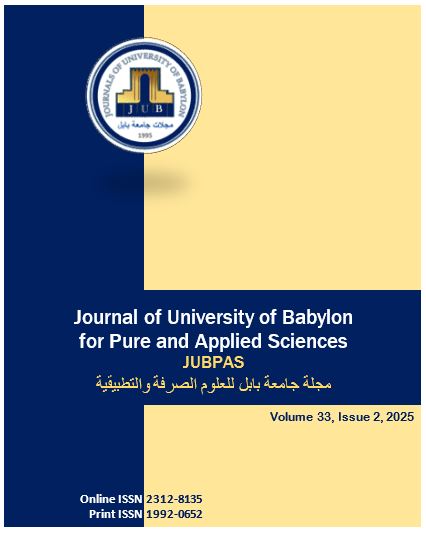Classification of Leukemia using Artificial Neural Networks
Main Article Content
Abstract
Background:
In the United States, cancer is a leading cause of death and a significant cost of healthcare. Improving treatment outcomes and survival rates depends on accurate early cancer prediction and understanding the genetic pathways underlying its formation. Over the past 20 years, efforts have been made to classify cancer types using machine learning and deep learning techniques.
Materials and Methods:
In this study, a data sample of (138) patients was used, where the sample for the first population (myeloid leukemia) was 65 patients who were given (1), and the second population sample (lymphocytic leukemia) was 73 patients who were given (2). The data was divided into 75% for training and 25% for testing.
Results:
Classification results using neural networks were good, showing high prediction accuracy and a classification rate of 91.4%, confirming the high efficiency of the neural network. However, the results could be more robust and generalizable with access to a larger dataset. To address this issue, we plan to conduct future experiments on a larger and more diverse dataset to further validate the performance of our model.
Article Details
Section

This work is licensed under a Creative Commons Attribution 4.0 International License.
